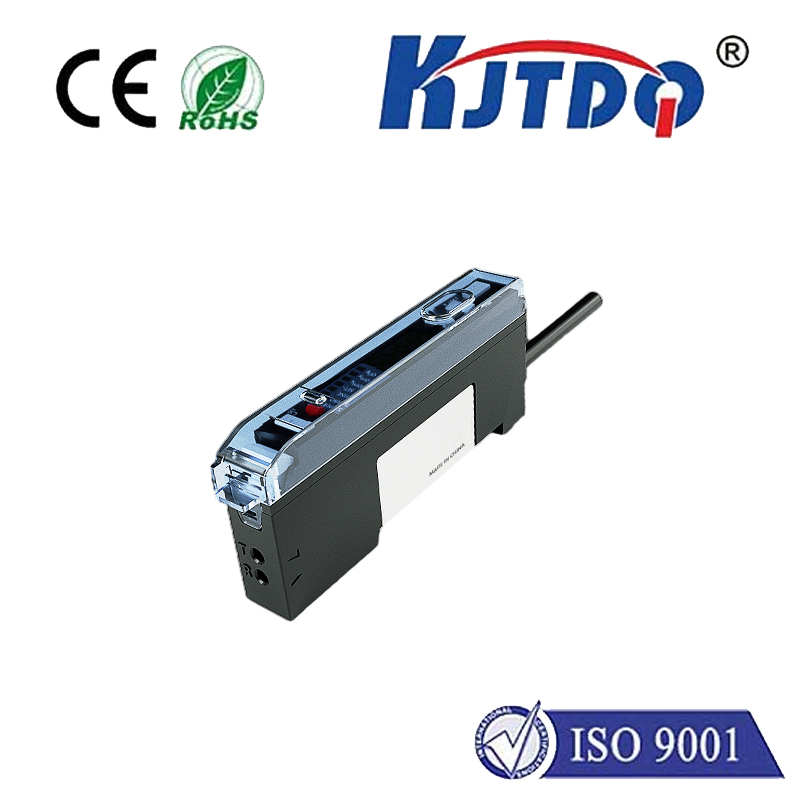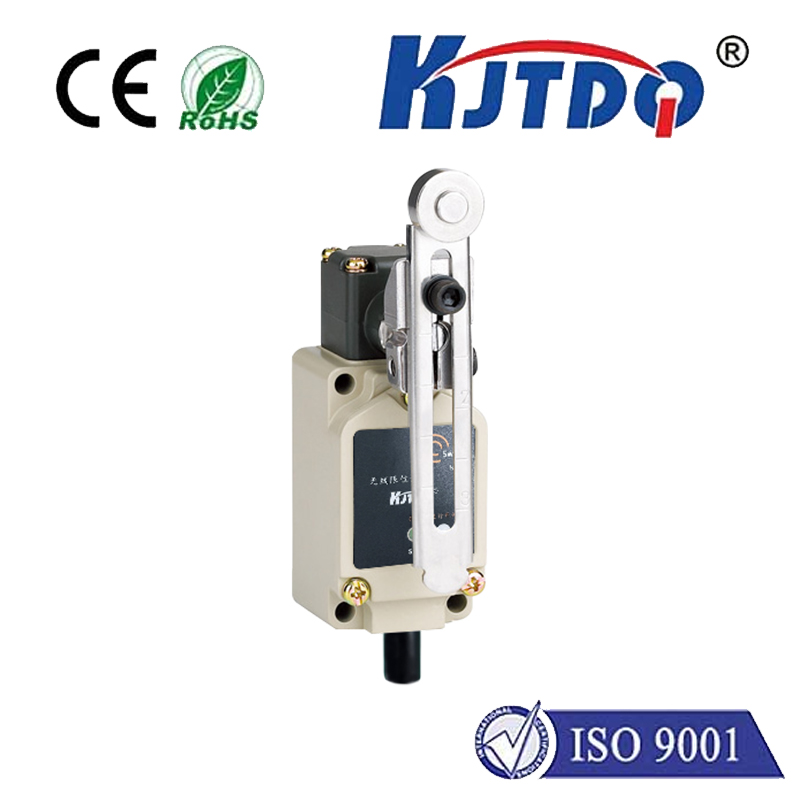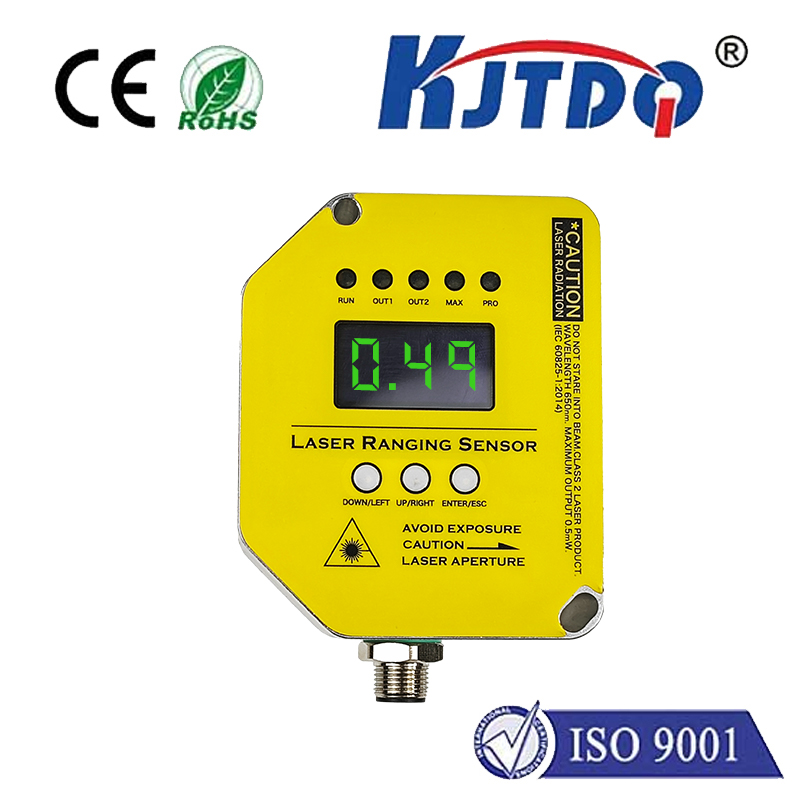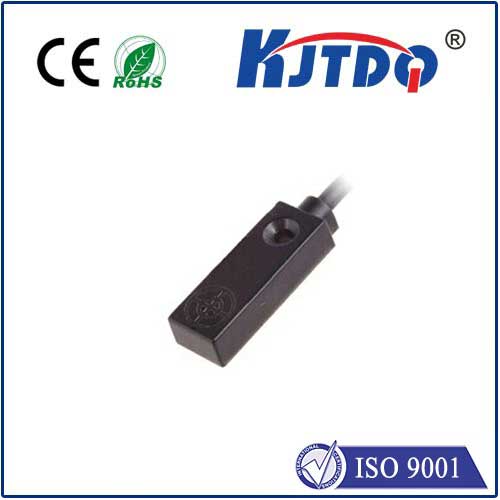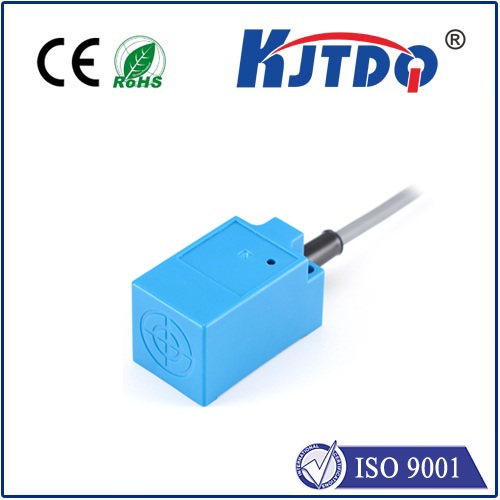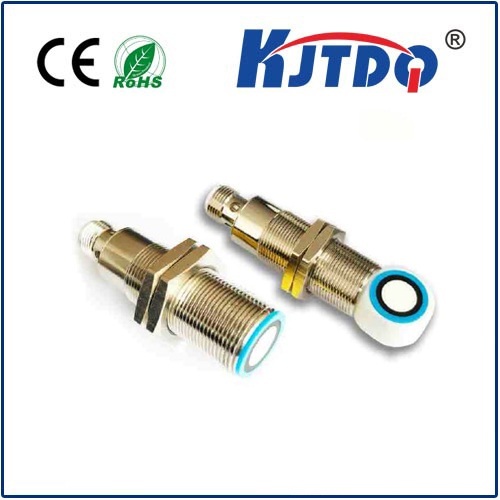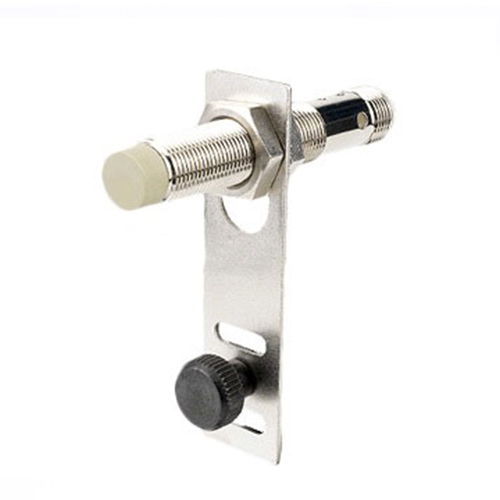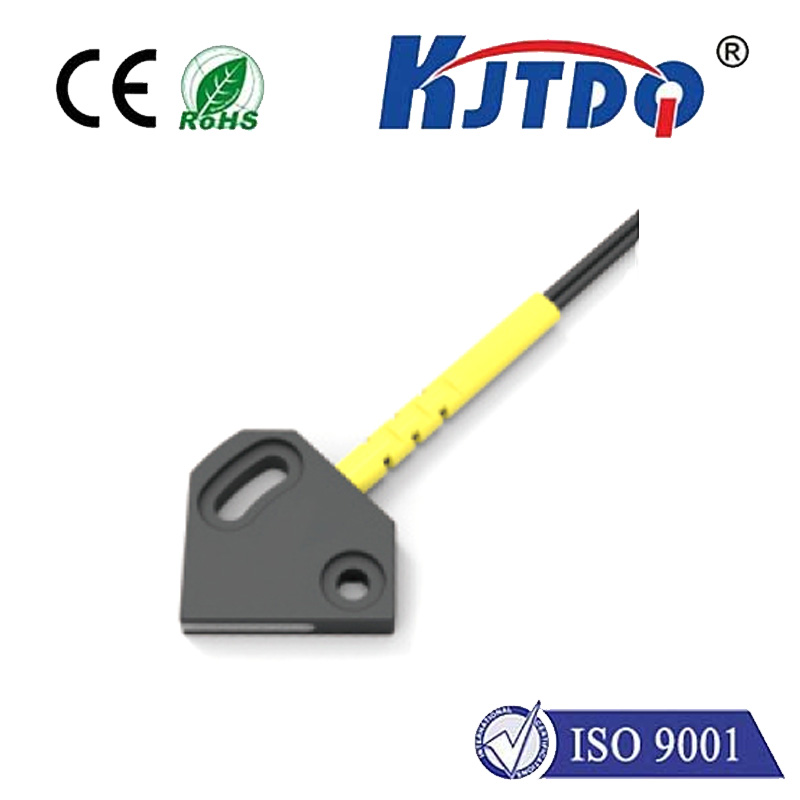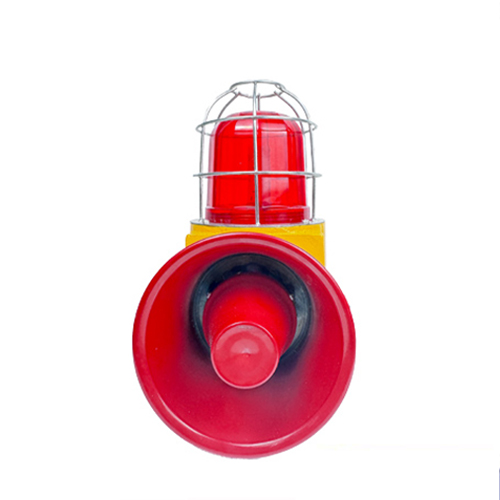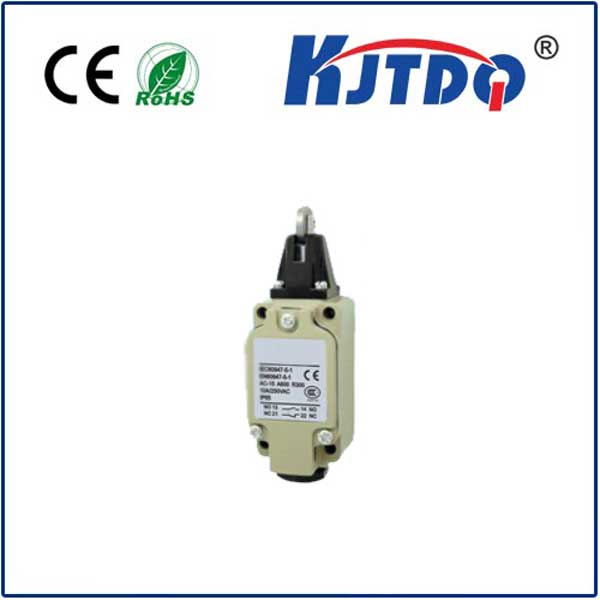

check

check

check

check

check

check

check

check

check

check
Understanding the Proxy Limit Switch: A Guide to Its Function and Importance
The term "proxy limit switch" might sound unfamiliar to many, but it plays a crucial role in various industrial settings. In essence, a proxy limit switch is a specialized type of switch that is used to detect the presence or absence of an object, machine component, or process material within a specific range or limit. This device acts as a critical safety feature and control mechanism, ensuring that equipment operates only when conditions are favorable and safe. By deciphering the function and importance of a proxy limit switch, we can better appreciate its contribution to efficient and secure operations across industries.
What Is a Proxy Limit Switch?
To begin with, it's essential to grasp what a proxy limit switch entails. Imagine it as a sentinel monitoring a production line; it stands watch to confirm that each step of the process aligns with predefined parameters. The switch is designed to engage or disengage based on whether an object has reached a certain position or if a threshold has been breached—be it temperature, pressure, or level. It communicates this status through electrical signals that can then be interpreted by control systems, triggering actions like stopping a conveyor belt or sounding an alarm.
Importance in Industrial Automation
In industrial automation, the proxy limit switch is vital for maintaining operational consistency and productivity. For instance, in manufacturing, these switches ensure that machinery doesn't operate without the necessary materials in place, preventing mechanical failures and downtime. They can also monitor assembly lines, verifying that components are correctly positioned before moving to the next stage of production. Moreover, they serve as fail-safe devices that can shut down systems to prevent accidents caused by misaligned parts or other potential hazards.
Applications Across Different Industries
Aside from manufacturing, the utility of proxy limit switches extends to various other sectors. In HVAC systems, they might regulate airflow by monitoring damper positions. In automotive engineering, they could check if doors are securely closed before the vehicle can operate. Even in agricultural machinery, such switches might sense crop levels for automated harvesting equipment. Their adaptability makes them suitable for nearly any environment where precision and reliability are paramount.
How Proxy Limit Switches Work
Technically, a proxy limit switch operates on simple principles of electrical continuity. When the monitored variable—such as the position of a lever or the level of a liquid—reaches a set point, the switch either makes or breaks an electrical contact. This change in circuit status can then be transmitted to a programmable logic controller (PLC) or other control system, which interprets the signal and executes a programmed response. Whether it's activating a pump, stopping a motor, or sending an alert, the reaction is swift and precise, thanks to the switch's instantaneous triggering mechanism.
Maintenance and Troubleshooting
Despite their robust design, proxy limit switches require periodic maintenance to ensure accurate performance. Routine checks should include verifying the physical integrity of the switch and its connections, cleaning any accumulated dirt or debris, and testing the device's responsiveness. If issues arise, troubleshooting typically involves checking the wiring for damage and ensuring that the switch is properly aligned with whatever it is sensing. In complex systems, diagnostic tools may be employed to pinpoint any faults within the electrical circuitry.
Conclusion
The proxy limit switch is much more than a simple component; it serves as a guardian of industrial processes, ensuring that operations proceed smoothly and safely. From manufacturing to transportation and beyond, its role in risk mitigation and efficiency optimization is immeasurable. By understanding its functionality and significance, organizations can harness the full potential of automation technologies to enhance their workflows and safeguard their assets. As technology continues to advance, so too will the applications of the versatile and dependable proxy limit switch.
